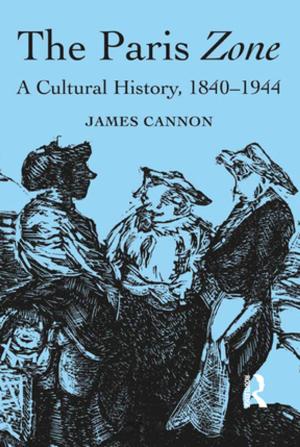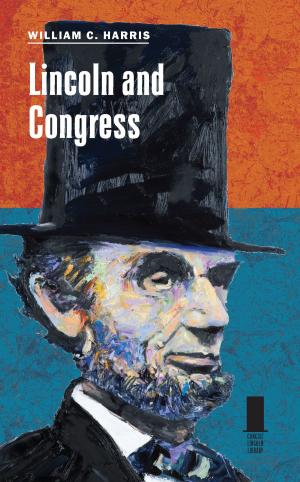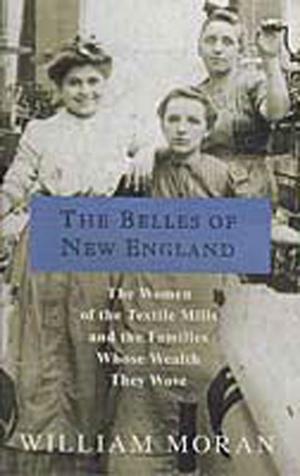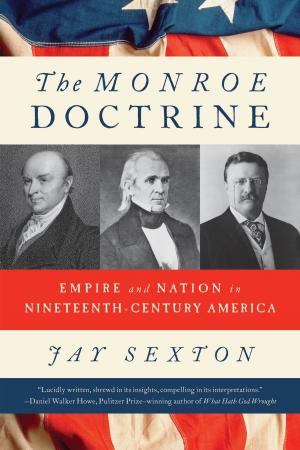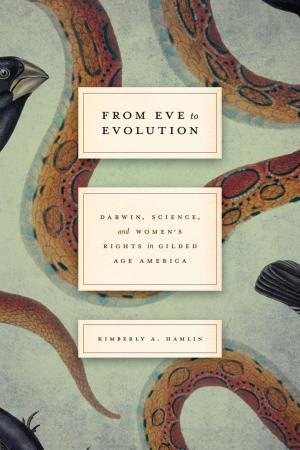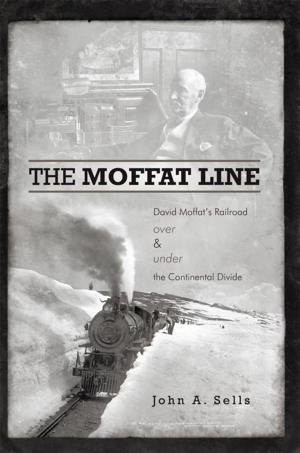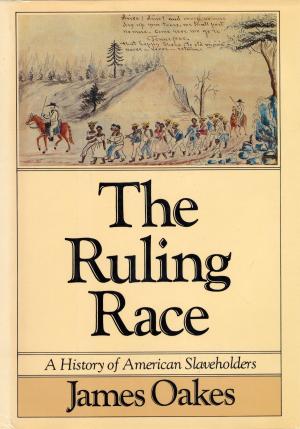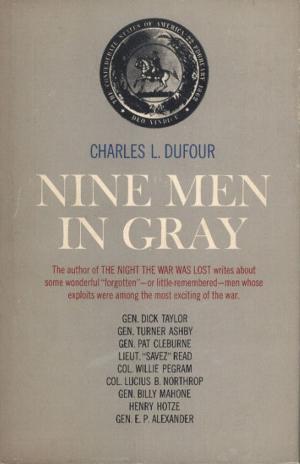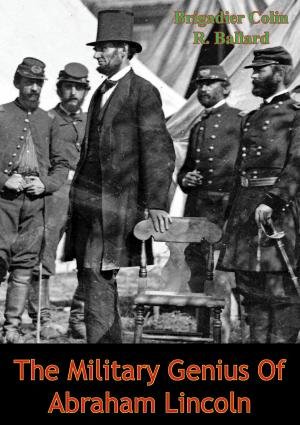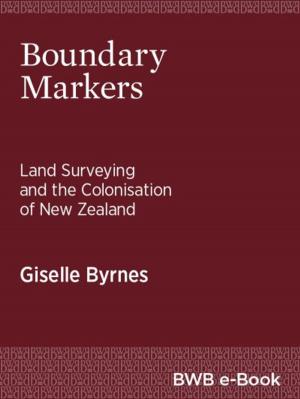The Belles of Williamsburg
The Courtship Correspondence of Eliza Fisk Harwood and Tristrim Lowther Skinner 1839-1849
Nonfiction, History, Americas, United States, 19th Century| Author: | Mary Maillard | ISBN: | 9780991789313 |
| Publisher: | Mary Maillard | Publication: | January 1, 2015 |
| Imprint: | Language: | English |
| Author: | Mary Maillard |
| ISBN: | 9780991789313 |
| Publisher: | Mary Maillard |
| Publication: | January 1, 2015 |
| Imprint: | |
| Language: | English |
After the Twelfth Night Party in Williamsburg, Virginia, in 1841 – thirteen years old and brimming with hopeful exuberance – Eliza Fisk Harwood wrote her close friend, “Trim” Skinner of Edenton, North Carolina, that she had danced so long she wore holes into her new satin shoes and hose. Their subsequent correspondence charts Eliza’s education, coming of age, courtships and engagement, and Tristrim’s practical education in the management of the Skinner family’s farms. At the age of twenty-one – ten years after Trim had made her a secret promise and sealed it with a ring – Eliza married him and left her childhood home to become a Carolina plantation mistress.
Eliza Harwood's detailed letters are a popular masterpiece of social commentary– perhaps the only such record of Williamsburg college life during the 1840s. More importantly, the Harwood-Skinner correspondence sheds new light on the complex social, familial, and romantic elements of antebellum courtship in a decade not well represented among available primary sources. Eloquent and considered, the letters are a pleasure to read and would appeal to students, historians, and non-academics interested in the South and its history.
After the Twelfth Night Party in Williamsburg, Virginia, in 1841 – thirteen years old and brimming with hopeful exuberance – Eliza Fisk Harwood wrote her close friend, “Trim” Skinner of Edenton, North Carolina, that she had danced so long she wore holes into her new satin shoes and hose. Their subsequent correspondence charts Eliza’s education, coming of age, courtships and engagement, and Tristrim’s practical education in the management of the Skinner family’s farms. At the age of twenty-one – ten years after Trim had made her a secret promise and sealed it with a ring – Eliza married him and left her childhood home to become a Carolina plantation mistress.
Eliza Harwood's detailed letters are a popular masterpiece of social commentary– perhaps the only such record of Williamsburg college life during the 1840s. More importantly, the Harwood-Skinner correspondence sheds new light on the complex social, familial, and romantic elements of antebellum courtship in a decade not well represented among available primary sources. Eloquent and considered, the letters are a pleasure to read and would appeal to students, historians, and non-academics interested in the South and its history.

